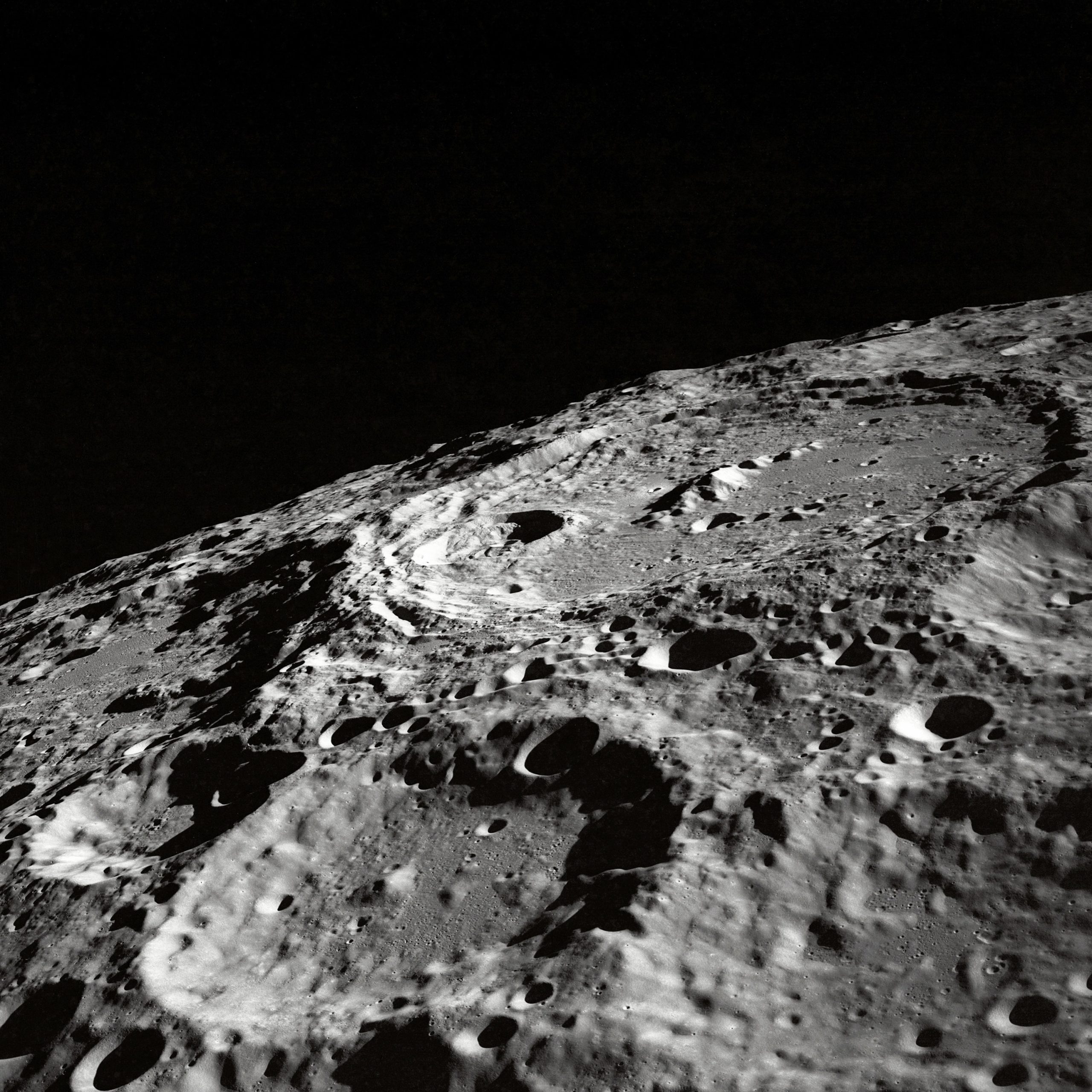What Does a Lunar Eclipse Mean?
A lunar eclipse is a fascinating celestial event that occurs when the Earth comes between the sun and the moon. As the Earth’s shadow falls on the moon, it creates a dramatic display in the night sky. This phenomenon has captured the awe and curiosity of people around the world for centuries. But what does a lunar eclipse really mean? In this blog post, we will explore the science behind lunar eclipses, the different types, and the cultural significance they hold.
The Science Behind Lunar Eclipses
To understand the meaning of a lunar eclipse, it’s important to explore the scientific principles at play. A lunar eclipse occurs when the Earth aligns between the sun and the moon, casting a shadow on the moon’s surface. This alignment happens only during a full moon phase.
During a lunar eclipse, the Earth’s atmosphere refracts and scatters sunlight, causing the moon to appear reddish or coppery in color. This phenomenon is often referred to as a “blood moon.” The exact hue of the moon can vary depending on the amount of dust and pollution present in the Earth’s atmosphere at the time of the eclipse.
Lunar eclipses are not as frequent as the more familiar solar eclipses. Due to the moon’s tilted orbit, lunar eclipses occur on average about twice a year. However, not all lunar eclipses are total. There are three main types of lunar eclipses: total, partial, and penumbral.
Total Lunar Eclipse
A total lunar eclipse occurs when the Earth completely blocks the sun’s direct light from reaching the moon. This results in the moon being bathed solely in the Earth’s shadow. It is during a total lunar eclipse that the moon takes on its distinct reddish hue. This type of eclipse can last anywhere from a few minutes to several hours.
| Date | Type | Duration | Visible Regions |
|---|---|---|---|
| May 26, 2021 | Total | 14 minutes | Pacific Ocean, Americas, Eastern Asia, and Australia |
Partial Lunar Eclipse
A partial lunar eclipse occurs when the Earth only partially blocks the sun’s direct light, resulting in a partial shadow falling on the moon. This type of eclipse is often seen as a darkening or shading on one side of the moon. It is important to note that during a partial lunar eclipse, the moon does not turn completely red.
Penumbral Lunar Eclipse
A penumbral lunar eclipse occurs when the moon passes through the Earth’s faint outer shadow, known as the penumbra. During this type of eclipse, the moon may appear slightly dimmer but does not darken significantly or change color as in the case of a total lunar eclipse.
Now that we have explored the different types of lunar eclipses, let’s delve into the cultural and historical significance they hold.
Cultural Significance of Lunar Eclipses
Lunar eclipses have captivated human imagination throughout history. Across various cultures, these celestial events have been associated with myths, legends, and even prophecies. Different interpretations of lunar eclipses have emerged, reflecting the unique cultural beliefs and traditions of different societies.
Astrologically, lunar eclipses have been linked to times of transformation, letting go, and releasing old patterns. Some spiritual practitioners and astrologers view lunar eclipses as powerful moments for inner reflection, setting intentions, and making positive life changes.
In ancient times, lunar eclipses were sometimes seen as ominous signs or harbingers of impending doom. Stories and myths were passed down to explain the temporary darkening of the moon, often involving mythical creatures or deities battling. In some cultures, rituals were performed during lunar eclipses to protect against negative energies or to appease the celestial forces.
In modern times, lunar eclipses continue to amaze and inspire people from all walks of life. Astronomy enthusiasts and photographers eagerly await these events to capture stunning images of the moon in its different phases. Lunar eclipse viewing parties and gatherings have become a popular way to celebrate and witness the magic of the cosmos.
It’s important to note that while lunar eclipses hold cultural significance, they are primarily natural phenomena governed by the laws of physics and celestial mechanics. Understanding the science behind lunar eclipses enriches our appreciation for these celestial wonders.
Conclusion
In conclusion, a lunar eclipse signifies the alignment of the sun, Earth, and moon in a way that casts a shadow on the moon’s surface. It is a beautiful celestial event that offers a glimpse into the wonders of the universe. Whether you view a lunar eclipse from a scientific or cultural perspective, it is undeniably awe-inspiring and holds meaning in its own right.
So, the next time you have the opportunity to witness a lunar eclipse, take a moment to contemplate its significance, appreciate its beauty, and marvel at the remarkable dance of celestial bodies in our vast cosmos.
Table of Contents
